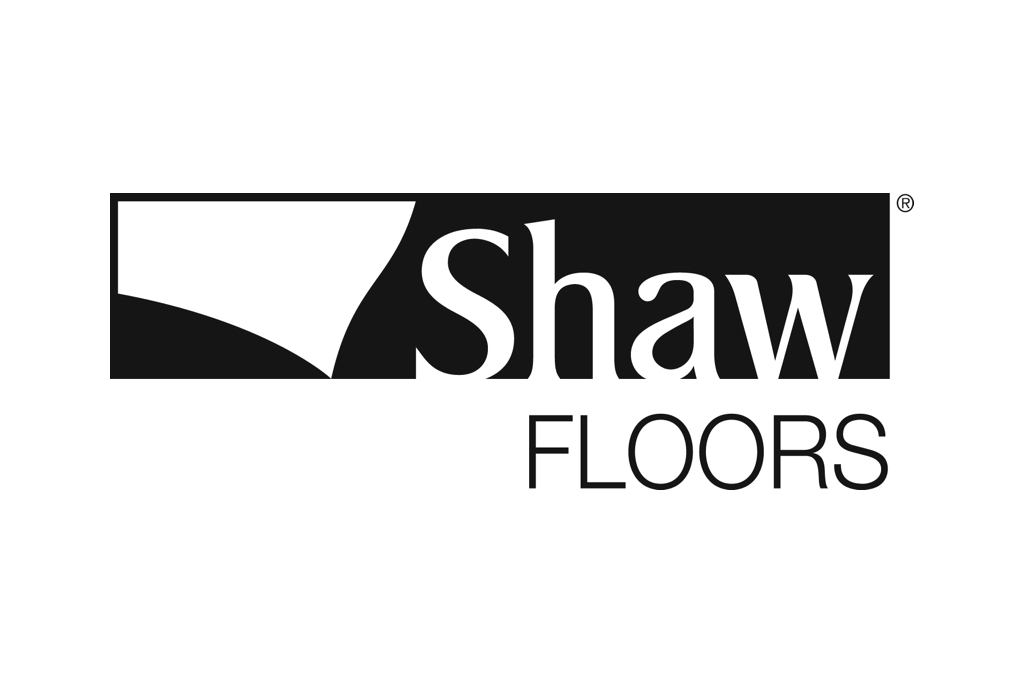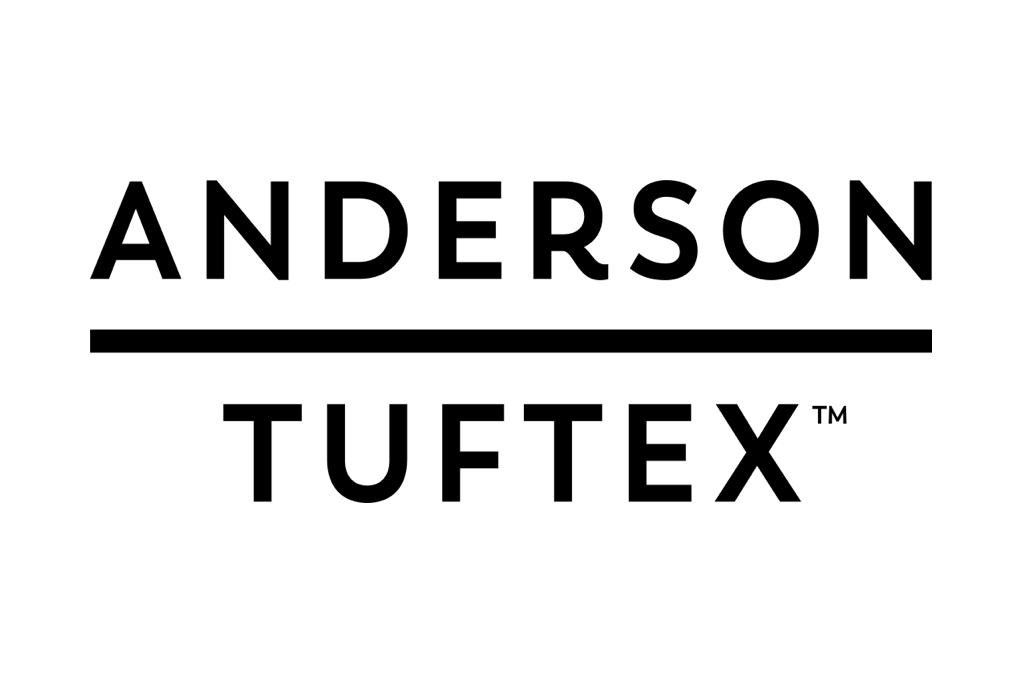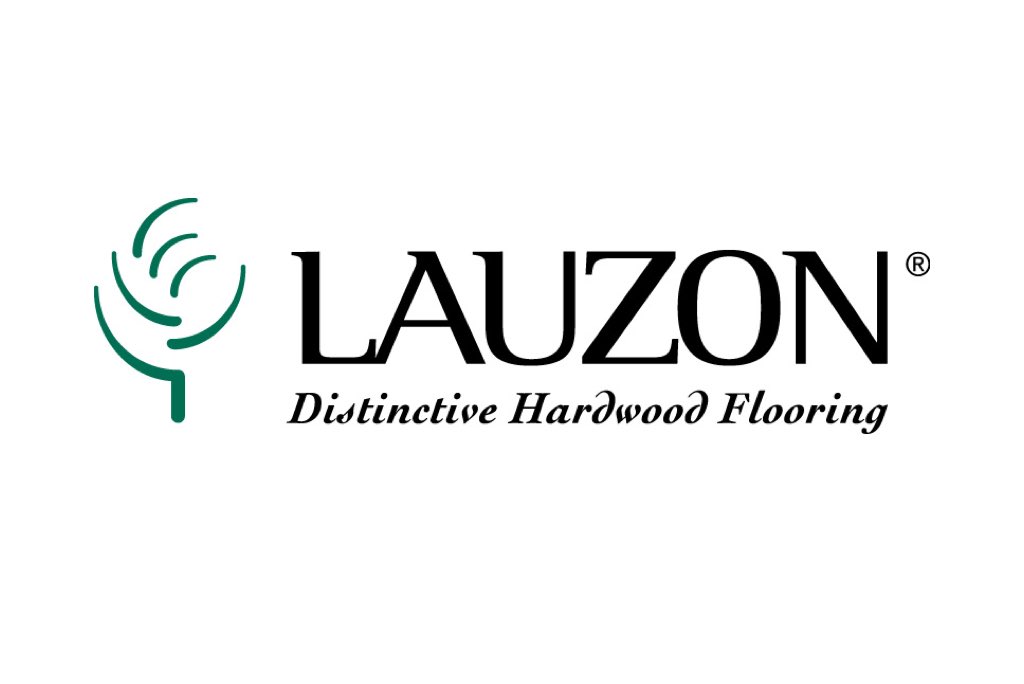Hardwood
Hardwood floors, classic, enduring beauty that adds value to your home.
Timeless and warm, hardwood floors elevate every room.
Shaw’s hardwood is impressive. Grown in North America, it’s a greener choice, sustainably forested. Bringing nature indoors, its beautiful grain brings character to your rooms. This flooring performs:
- Character: Naturally occurring, wood’s patina adds another element to your décor
- Variety: Consider maple, oak, hickory, walnut, pine, birch, or cherry.
- Durable: Our scuff-resistant finish resists stains and scratches.
- Refinish: These floors can be given new life up to four times.
Quality is built into hardwood floors
A fantastic merging of nature and warmth, wood floors have a luxurious appearance. Here in South Central Wisconsin, in homes large and small, customers choose wood for its exceptional design detail. It’s versatile, from rustic luxe to ultra-modern, traditional to contemporary in style. Our interior design staff will help you choose the right wood. Unlike other flooring materials, wood floors can be refinished to restore their original beauty or change the finish entirely.
We carry the best hardwood brands






